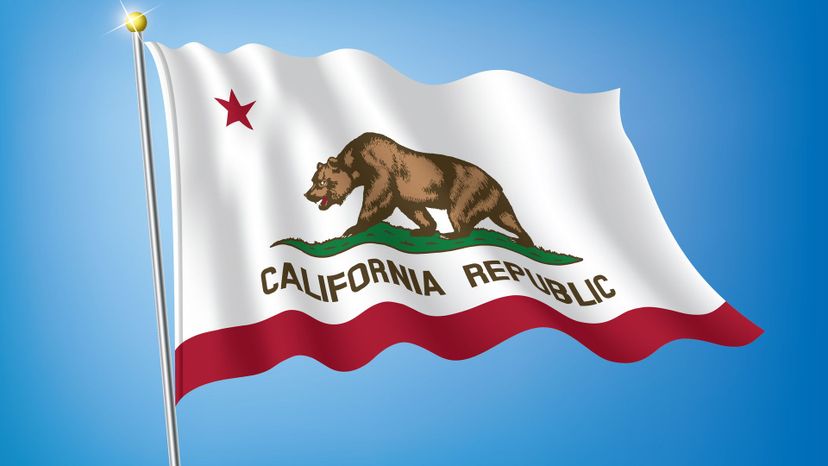
About This Quiz
The sunny West Coast of the United States has a rich and storied history. Test your knowledge of California history with this fun quiz. How many questions can you get right?Hollywood is the center of filmmaking in the United States. The proximity to a variety of filming locations made it popular.
The San Francisco earthquake destroyed nearly 80% of the city. The event occurred at 5:12 a.m. on April 18, 1906.
Sacramento was named the capital of California in 1854. The designation became permanent in 1879.
Advertisement
From 1769 to 1821, California was governed by Spain. It was originally divided into two parts.
Yosemite National Park was first established in 1890. The park encompasses 747,956 acres.
Sebastián Vizcaíno is said to have named San Diego Bay. He explored California in 1602.
Advertisement
During Mexican control, the capital of California was in Monterey.
The Golden Gate Bridge first opened to traffic in 1937. More than 100,000 cars travel the bridge each day.
Fires were very common in the early days of San Francisco. Structures were mostly wooden.
Advertisement
Disneyland opened in 1955. The park is located in Anaheim.
California became a state on September 9, 1850. It's nowhere near the last state to be admitted, despite being located so far west.
The Spanish were the first Europeans to settle in California. The first European visitors entered at San Diego Bay.
Advertisement
In 1821, California was part of Mexico.
in 1935, Amelia Earhart flew non-stop to Oakland from Honolulu. Earhart disappeared over the Pacific Ocean on July 2, 1937.
The Los Angeles Aqueduct was completed in 1913. The project was initiated to funnel water to Los Angeles.
Advertisement
The California Gold Rush began in 1849. Most prospectors went home empty-handed.
Many unsuccessful Gold Rush prospectors remained in California and took jobs in agriculture.
California became the 31st state in 1850. The 30th state was Wisconsin and the 32nd was Minnesota.
Advertisement
California built its first railroad in 1855. It ran from Sacramento to Folsom.
Before the Spanish settled California, it is estimated that one-third of the country's Native Americans lived in the state.
Early explorers thought California was an island. This is because they first landed on the Baja peninsula.
Advertisement
Francis Drake landed in California in 1579. The exact location is unknown.
Jesuits occupied most of the early Spanish missions in California. They were ousted in 1767.
From 1822 to 1846, California was governed by Mexico. This happened after Mexico became independent from Spain.
Advertisement
Cattle hide, tallow and marine animal fur were all valuable commodities in early California. Other countries were drawn to the area to trade.
California missions were staffed and maintained primarily by Native Americans.
California's Constitutional Convention took place in 1849. The goal was to facilitate an efficient government.
Advertisement
The California Gold Rush took place between 1848 and 1855. The first to rush to California were the residents of Oregon.
The shipping industry experienced explosive growth due to the California Gold Rush. Many prospectors came by ship.
Saloons, dance halls and gambling establishments were common in every California gold town. Miners paid for goods and services in gold dust.
Advertisement
Approximately 12 million ounces of gold were mined during the first five years of the California Gold Rush. This influx of gold bolstered the Gold Standard.
A lack of immunity to European diseases was primarily responsible for the decline of the Native American population in early California settlements. Europeans brought diseases such as measles, diphtheria, and smallpox.
Sutter's Mill was where the first gold was found. The owner of the land was trying to build a sawmill.
Advertisement
The First Transcontinental Railroad connected California to the east coast. The First Transcontinental Railroad was also known as the Pacific Railroad.